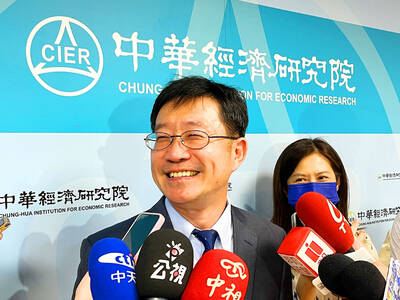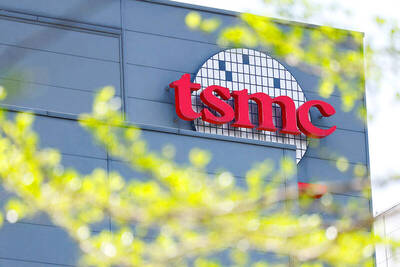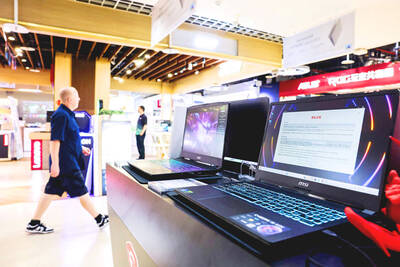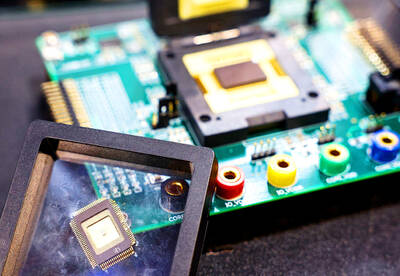Rim Ok-hua looks out over her patch of farm just across the Tumen River from China, where rows of lush, green young potato plants stretch into the distance.
As North Korean farmers go, Rim is exceptionally lucky. The Changpyong Cooperative Farm where she works is mechanized, has 500 pigs to provide fertilizer and uses the best available seeds, originally brought in from Switzerland. In most fields throughout the country, farmers work the fields by hand, or behind bony oxen.
However, this year — even more than most — they are under pressure to feed a hungry nation.
North Korean leader Kim Jong-un has succeeded in establishing his country as a nuclear power and even sent a satellite into orbit. Now, with prolonged international sanctions and largesse from former communist allies mostly gone, Kim is calling on farmers to win him another battle. In 2012, and again this year, he promised the nation it would never face famine again.
Yet can isolated and impoverished North Korea ever escape the ghosts of famines past? For more than four decades, farming in the North was characterized by heavy use of mechanization swiftly followed by chronic fuel and equipment shortages and stopgap policies. That legacy has left its mark not only on the nation’s psyche, but on its countryside.
Hillsides denuded of trees for terraced farming plots produce little, but increase the risk of damage from erosion or landslides. Goats, which are everywhere after a mass goat breeding campaign in 1996, eat their way into hillside shrubs, which makes the landslide problem even worse. Overuse of chemical fertilizers has trashed soil fertility in many areas.
North Korea has struggled to obtain tractor fuel for more than two decades. Housewives, college students and workers brought in from the cities, along with military units, make up for the lack of mechanization at crucial times.
There are many less tangible problems: state-controlled distribution, top-down planning and a quota system that does not fully encourage innovation and individual effort. All these factors make North Korea’s agricultural sector a very fragile ecosystem.
Almost as soon as this season’s rice was transplanted, the Korean Central News Agency reported that tens of thousands of hectares of farmland had already been damaged by drought.
Even so, the country is by no means an agricultural lost cause.
As the summer growing months approach, the North Korean countryside is bursting with the bright greens of young rice, corn, soybeans and cabbage. On hillier ground lie orchards for apples and pears. Whole villages are devoted to growing mushrooms — another “magic bullet” innovation from the 1990s. It seems that every valley and flatland, nook and cranny, has been turned into a farming plot.
To North Korea’s leaders, agricultural self-sufficiency is as much a key to the nation’s survival as nuclear weapons are to keeping its foes at bay. North Korea needed massive international aid during the devastating famine of the 1990s.
There are some signs of improvement. The combined overall crop production for this year and the last is expected to increase by 5 percent to 5.98 million tonnes, according to a joint report compiled by the UN’s Food and Agriculture Organization and World Food Program. The report, released in November last year, estimated that the North would still need to import 340,000 tonnes of cereals.
About 16 million of North Korea’s 25 million people rely on state-provided rations of cereals and stunting from chronic malnutrition is estimated to be as high as 40 percent in some areas.
However, UN monitors say North Koreans have been getting larger rations of rice, potatoes and corn over the past two years, while the UN report says the production gap is the country’s smallest in about two decades.
North Korean farmers are learning sustainable farming, with more use of manure and better compost, agricultural consultant Randall Ireson said.
He recommended rotating and planting a wider variety of crops — particularly soybeans — and using organic fertilizers.
“No magic technology is needed,” he said. “Just good ‘best farming practices.’”
In rural North Korea, some of those changes are well underway.
Nestled in high country near the scenic Mount Paektu, Taehongdan District became a national priority development area for potatoes around 2002. The Changpyong farm is one of its shining successes.
“We don’t need chemical fertilizer,” boasted farmer Jo Kwang-il, one of the cooperative’s 500 workers. “We have pigs to produce tonnes of manure a year. They also provide meat, so that benefits our whole community.”
For the whole agricultural sector to succeed — more systemic, and politically risky, changes may also be needed — such as relaxing central government command and bringing state-set prices for crops more in line with what farmers can get for surplus sold in farmers’ markets.
Farms and divisions within them could then afford to reinvest their profits in small walk-behind tractors, rice-transplanting machines, fuel or fertilizer. However, this kind of action could move North Korea closer to sanctioning capitalist-style markets and reforms that it has long resisted.
In the meantime, as she stood near her potato patch, Rim said it has been nothing but rain in the high country.
“The weather hasn’t been so good lately,” she said, squinting into the glare of the overcast, late morning sky, but then, after a pause, added: “All of us farmers are working harder than ever. It will be a good harvest this year.”

WEAKER ACTIVITY: The sharpest deterioration was seen in the electronics and optical components sector, with the production index falling 13.2 points to 44.5 Taiwan’s manufacturing sector last month contracted for a second consecutive month, with the purchasing managers’ index (PMI) slipping to 48, reflecting ongoing caution over trade uncertainties, the Chung-Hua Institution for Economic Research (CIER, 中華經濟研究院) said yesterday. The decline reflects growing caution among companies amid uncertainty surrounding US tariffs, semiconductor duties and automotive import levies, and it is also likely linked to fading front-loading activity, CIER president Lien Hsien-ming (連賢明) said. “Some clients have started shifting orders to Southeast Asian countries where tariff regimes are already clear,” Lien told a news conference. Firms across the supply chain are also lowering stock levels to mitigate

Six Taiwanese companies, including contract chipmaker Taiwan Semiconductor Manufacturing Co (TSMC, 台積電), made the 2025 Fortune Global 500 list of the world’s largest firms by revenue. In a report published by New York-based Fortune magazine on Tuesday, Hon Hai Precision Industry Co (鴻海精密), also known as Foxconn Technology Group (富士康科技集團), ranked highest among Taiwanese firms, placing 28th with revenue of US$213.69 billion. Up 60 spots from last year, TSMC rose to No. 126 with US$90.16 billion in revenue, followed by Quanta Computer Inc (廣達) at 348th, Pegatron Corp (和碩) at 461st, CPC Corp, Taiwan (台灣中油) at 494th and Wistron Corp (緯創) at

IN THE AIR: While most companies said they were committed to North American operations, some added that production and costs would depend on the outcome of a US trade probe Leading local contract electronics makers Wistron Corp (緯創), Quanta Computer Inc (廣達), Inventec Corp (英業達) and Compal Electronics Inc (仁寶) are to maintain their North American expansion plans, despite Washington’s 20 percent tariff on Taiwanese goods. Wistron said it has long maintained a presence in the US, while distributing production across Taiwan, North America, Southeast Asia and Europe. The company is in talks with customers to align capacity with their site preferences, a company official told the Taipei Times by telephone on Friday. The company is still in talks with clients over who would bear the tariff costs, with the outcome pending further

NEGOTIATIONS: Semiconductors play an outsized role in Taiwan’s industrial and economic development and are a major driver of the Taiwan-US trade imbalance With US President Donald Trump threatening to impose tariffs on semiconductors, Taiwan is expected to face a significant challenge, as information and communications technology (ICT) products account for more than 70 percent of its exports to the US, Chung-Hua Institution for Economic Research (CIER, 中華經濟研究院) president Lien Hsien-ming (連賢明) said on Friday. Compared with other countries, semiconductors play a disproportionately large role in Taiwan’s industrial and economic development, Lien said. As the sixth-largest contributor to the US trade deficit, Taiwan recorded a US$73.9 billion trade surplus with the US last year — up from US$47.8 billion in 2023 — driven by strong